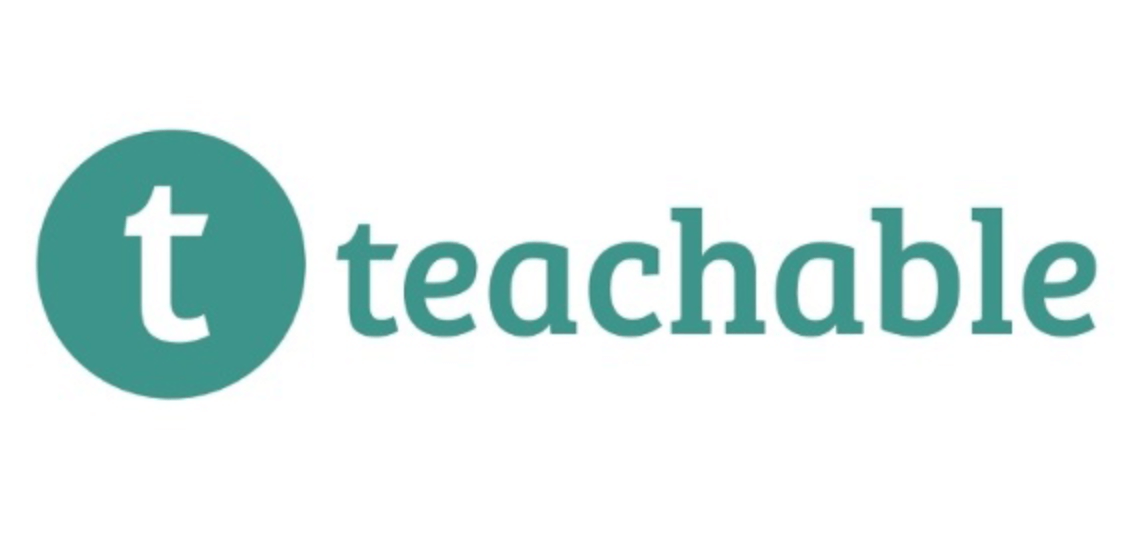Understanding the video size limit in Thinkific can help users avoid any issues that may arise when uploading large videos, such as slow load times, playback issues, and even crashing.
When it comes to course creation, larger video sizes can lead to longer load times and buffering times for users, leading to a poor user experience. Additionally, large video files may be more difficult to upload and require more storage space onTeachable’s servers. Regarding video quality, larger video sizes can offer higher-quality playback, which is essential for engaging courses. However, it is important to keep in mind that there are potential drawbacks to large video sizes, such as slow load times and increased storage needs.

Understanding the Video Size Upload Limit
Video size upload limit on Teachable
As a Teachable user, I am intimately familiar with the video size upload limit, which limits the size of videos that can be uploaded to courses. Specifically, the upload limit for Teachable is set to 1 GB for all file types, with a maximum runtime of 1 hour per video. This means that any videos larger than 1 GB in size or longer than 1 hour in duration cannot be uploaded.
Factors influencing the upload limit, such as file format and compression
In addition to the file size limit, certain file formats may also be restricted. For instance, Teachable does not currently support the uploading of .mkv files, so any videos in this format must be converted to a supported format, such as .mp4 or .mov, before uploading. Additionally, Teachable allows you to compress videos to lower their file size, which can be beneficial if you need to reduce the size of large files without sacrificing video quality. Compression tools such as HandBrake or Adobe Premiere can help with this process.

> > Click Here to Start Teachable for Free < <
Determining the Maximum Video Size
Identifying the specific video size upload limit for your Teachable plan
The most reliable way to determine this limit is to check your Teachable subscription page for specific details related to video size uploads.
Checking Teachable’s documentation or support resources for the most accurate information
In addition to checking your Teachable subscription page, it is also a good idea to consult Teachable’s documentation and support resources. The Teachable Support Page offers detailed information about video size uploads and other technical details related to Teachable and is an excellent resource to consult when determining the maximum video size upload limit for your Teachable plan.

> > Click Here to Start Teachable for Free < <
Optimizing Video Files for Upload
Compressing video files to reduce their size while maintaining quality
In order to reduce the upload size of your video files, it is essential to compress them without sacrificing the video quality. This can be done by utilizing popular video editing software, such as Adobe Premiere Pro, or by using online tools like Handbrake for efficient compression. When using editing software, the main settings to focus on are bitrate, resolution, and file type. For online compression tools, it is important to find a balance between file size and quality.
Utilizing video editing software or online tools for efficient compression
When using video editing software, I recommend experimenting with the quality settings and finding an efficient bitrate that produces an acceptable quality. I typically use a bitrate of 3000-5000 kbps (kilobits per second), with a resolution of at least 720p (1280×720). For the file type, I usually export my videos as .mp4 or .mov files, as these are the most common formats compatible with Teachable. As for online tools, Handbrake is a popular option and provides options for customizing quality and resolution. I typically set the bitrate, resolution, and file type to the same settings I would use for video editing software, and this should produce efficient compression without compromising quality.

> > Click Here to Start Teachable for Free < <
Uploading Large Video Files
Strategies for handling videos that exceed the upload limit
As an experienced user of Teachable, I understand the frustration of attempting to upload a video file that exceeds the upload limit. Thankfully, there are strategies to handle such files. One option is to reduce the video file size by encoding the video in a lower bit rate, which will preserve the video quality while lowering the file size. Additionally, I have found success using cloud storage services, such as Google Drive or Dropbox, to store files that exceed Teachable’s size limit and link to the files within the course. Thus, when students view the course, they can download files from the cloud service without issue.
Utilizing external video hosting platforms and embedding videos in Teachable
Another option is to use an external video hosting platform, such as Vimeo or YouTube, to host large video files and then embed the video into Teachable. This method allows students to easily access the video content without downloading or exceeding Teachable’s file size limit. In my experience, this is a simple and reliable solution for course creators.

> > Click Here to Start Teachable for Free < <
Recommended Video Formats and Codecs
Discussing video formats and codecs that offer a good balance between size and quality
When deciding which format to use for your video content, it is important to consider both file size and quality. Too small of a file size may result in poor quality playback, while too large of a file size may take a long time to upload and may increase bandwidth costs. I have found that using the MPEG-4 container format with the H.264 codec provides a good balance between size and quality, allowing me to sell high-quality video content while keeping file sizes manageable.
Highlighting compatible formats supported by Teachable
In addition to the MPEG-4/H.264 format, Teachable also supports a variety of other video formats, including MOV, WMV, AVI, and MP4. Teachable also supports a variety of video codecs, including H.264, MPEG-2, and MPEG-4. With these options, you should be able to find a format and codec that provides the right balance between video size and quality for your needs.

> > Click Here to Start Teachable for Free < <
Considerations for Video Quality and Streaming
Balancing video quality with bandwidth and streaming capabilities
When uploading videos to Teachable, I make sure to keep the size of the file within the platform’s upload limit, as this will ensure a smooth viewing experience for my learners. That said, maintaining high video quality is also important, as this will help ensure that my learners can view my content without any issues.
Tips for delivering a smooth viewing experience for learners
To deliver a smooth viewing experience for my learners, I employ some simple strategies when uploading my videos to Teachable. First, I make sure to compress my videos and optimize them for web playback. This helps to reduce the file size while still maintaining a satisfactory level of video quality. Additionally, I always make sure to update the encoding settings on Teachable to match my video format, as this will help ensure a seamless video streaming experience.

> > Click Here to Start Teachable for Free < <
Troubleshooting Video Upload Issues
Addressing Common Problems Encountered During Video Uploads
Common issues include slow internet speeds, file size limits, and permissions errors. To improve your upload speed, consider optimizing your video settings according to Teachable’s recommended guidelines. Additionally, Teachable has an upload limit of 5GB, so ensure that your file size does not exceed this limit. And finally, make sure to check the permissions settings for your account, as the ability to upload videos may be disabled if your account doesn’t have the correct permissions.
Seeking Assistance from Teachable’s Support Team For Specific Issues
If you encounter any specific problems when uploading videos to Teachable, the platform’s support team is always available to help. The team can be contacted via email, telephone, or chat for any questions or assistance that you may require. Additionally, Teachable’s help center contains a wealth of information, including helpful video tutorials, that can provide support for common issues with video uploads.

> > Click Here to Start Teachable for Free < <
Conclusion
To recap, Teachable has a maximum upload file size of 2GB, which is suitable for most videos, but may be too small for extremely large files. To work around this limitation, users can optimize their video files using online video compressors or utilize a third-party video hosting platform for large files.
In conclusion, video files play an important role in providing engaging and interactive online learning experiences. Therefore, it is important to consider the video size upload limit when creating content for Teachable courses. While using the platform’s maximum file size limit of 2GB is sufficient for most videos, users can optimize their videos to make them smaller and easier to upload. Additionally, users may benefit from utilizing third-party video hosting platforms, such as Vimeo, if they need to upload files larger than 2GB. By optimizing video files and choosing the appropriate hosting methods, users can ensure they are providing the best possible learning experience for their students.
